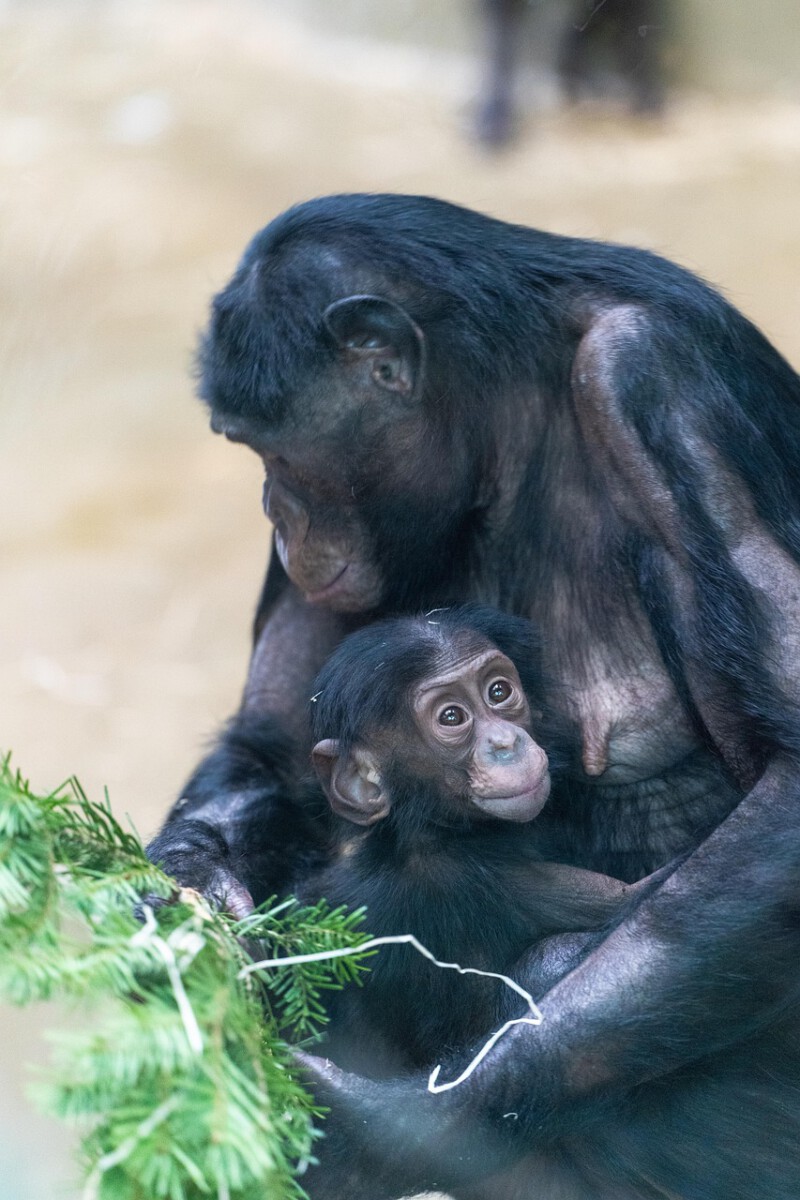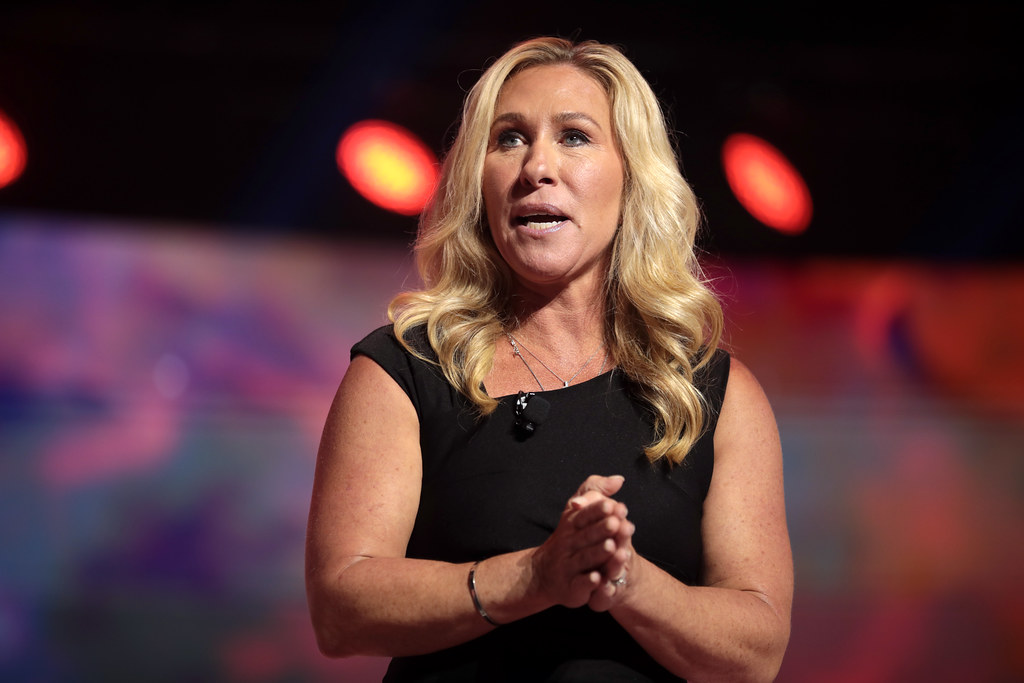
Two Baby Chimps Just Made L.A. Zoo History – Here’s Why Everyone’s Talking About It (image credits: Pixabay)
The sight of two tiny chimpanzee infants clinging to their mothers at the Los Angeles Zoo has visitors and staff alike buzzing with excitement over this remarkable double arrival.
## A Rare Double Blessing Arrives in Los Angeles
Getting one healthy chimpanzee birth is cause for celebration – but two babies born within weeks of each other? That’s the kind of news that makes primatologists do happy dances. The L.A. Zoo recently welcomed not one, but two precious chimpanzee infants, marking a significant milestone for both the facility and conservation efforts nationwide.
These births represent far more than adorable photo opportunities. Each healthy chimpanzee baby born in captivity is a victory against declining wild populations and a testament to decades of careful breeding program management.
## Meet the New Arrivals and Their Famous Moms
The zoo’s chimpanzee community has grown by two with these latest additions, though the tiny tots are still clinging close to their protective mothers. Chimpanzee mothers are incredibly attentive, carrying their babies everywhere for the first several months of life.
What makes these births particularly special is the timing. Having two infants in the troop simultaneously creates unique social dynamics that benefit both babies’ development. Young chimps learn crucial social skills by observing and eventually playing with peers their own age.
The mothers, both experienced in raising offspring, have been providing exemplary care. Zoo staff monitor the families closely but maintain respectful distance, allowing natural bonding and parenting behaviors to flourish undisturbed.
## Why These Births Matter Beyond the Zoo
Chimpanzee populations in the wild face mounting pressures that make every captive birth increasingly valuable:
- Habitat destruction continues to fragment wild populations across Africa
- Poaching and illegal pet trade threaten young chimps in their natural ranges
- Disease outbreaks can devastate entire communities in the wild
- Climate change affects food sources and traditional territories
- Human encroachment limits safe spaces for chimpanzee families
Captive breeding programs serve as genetic insurance policies, maintaining healthy populations that could potentially support future reintroduction efforts. Every successful birth strengthens the overall gene pool and provides valuable research opportunities.
## The Science Behind Successful Chimpanzee Breeding
Managing chimpanzee reproduction requires sophisticated understanding of their complex social structures and individual personalities. Unlike many animals, chimps form intricate relationships that directly impact breeding success.
Zoo veterinarians and animal behaviorists work together to ensure optimal conditions for pregnancy and birth. This includes monitoring hormone cycles, providing enriched environments, and carefully managing social group dynamics to minimize stress.
The gestation period for chimpanzees mirrors humans at approximately eight months, and like human babies, chimp infants require extensive parental care for several years. This long dependency period makes each successful birth even more precious.
## What Visitors Can Expect to See
While the new mothers keep their babies close, patient visitors might catch glimpses of the infants during feeding times or when the family groups are most active. The zoo has adjusted viewing protocols to minimize disruption while still allowing the public to witness these remarkable animals.
Best Viewing Tips:
• Visit during morning hours when chimps are most active
• Bring binoculars for respectful distant observation
• Watch for the mothers’ protective behaviors and teaching moments
Photography guidelines remain strict to protect both animals and visitors, but the memories of witnessing these tiny primates develop will last a lifetime.
## The Road Ahead for L.A.’s Newest Stars
The coming months will bring rapid changes as the infants grow stronger and more curious about their world. Within a year, these babies will transition from constant maternal contact to exploring their environment and forming relationships with other troop members.
Their development will provide researchers with valuable insights into chimpanzee behavior, learning patterns, and social integration. This data contributes to global understanding of our closest living relatives and improves care standards worldwide.
The L.A. Zoo’s success with these births reinforces the facility’s reputation as a leader in primate care and conservation. Each healthy chimp baby represents hope for species preservation and a living connection to the remarkable intelligence and emotional depth of our evolutionary cousins.
These two little ones have already captured hearts and imaginations, reminding us that every birth in the animal kingdom deserves celebration. What aspects of chimpanzee family life do you find most fascinating?






